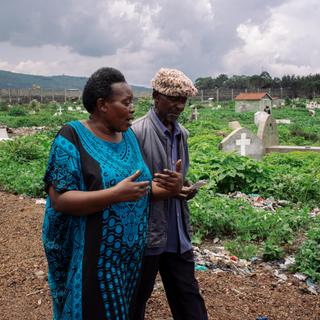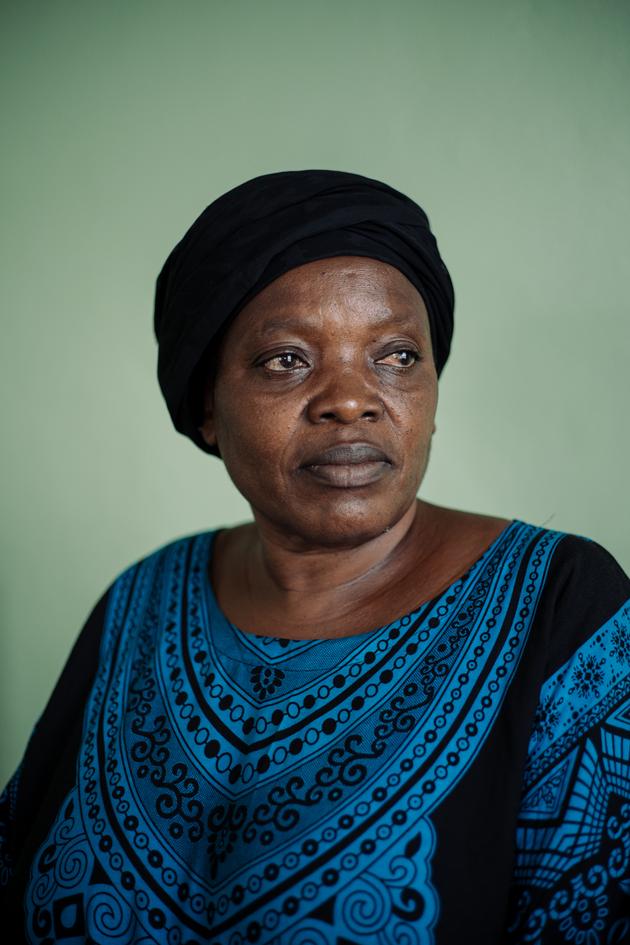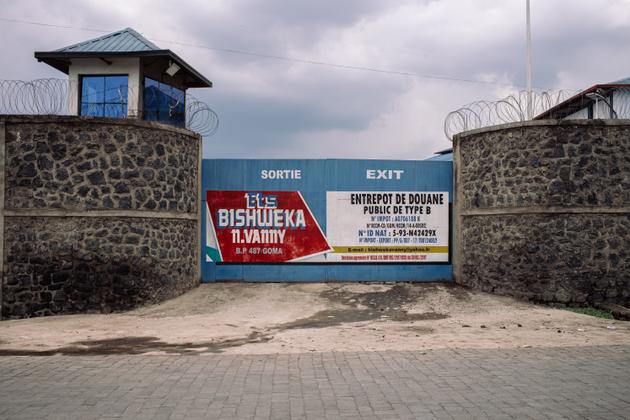


In eastern DRC, the wounds of the genocide in Rwanda are still raw
FeatureThe Goma region, where many Rwandans fled in 1994, remains the scene of endless local insurgencies often backed by foreign powers, including Kigali.
It has been two years since Liberata Rubumba Buratwa last saw her adopted daughter. The conflicts that have devastated the eastern part of the Democratic Republic of Congo (DRC) since the 1994 genocide in neighboring Rwanda have little by little separated the two women. Chantal (who declined to give her full name) has never left Goma, one of the main towns in eastern DRC. "But her husband forced her to cut ties with all those who knew of her Rwandan origins so that she would merge into the mass," said the woman who raised her, nervously ruffling her long blue dress.

Buratwa took in Chantal in July 1994. When she first met her, the little girl was dying under a tree a stone's throw from her home in Goma. Her father, a Hutu, and her mother, a Tutsi, were dead. "She begged me to become her mother. I felt sorry for her. She was an orphan and only 9 years old," shared the 60-year-old, who was already a dedicated human rights activist at the time.
Chantal crossed the border into the former Zaire (former name of the DRC) with 1.5 million mainly Hutu Rwandans in the final weeks of the genocide which, between April and July 1994, claimed the lives of over 800,000 Tutsis and some Hutu opponents. In Kigali, the Rwandan Patriotic Front (RPF), led by Paul Kagame, who is now the president of Rwanda, put an end to the killings in early July. In fear of retaliation, hordes of civilians on foot with their cows, genocidal members of the Rwandan army with their weaponry and officials of the ousted government with the state coffers, rushed to Goma.

"I've lost count of the number of corpses I've seen in my life," murmurs Buratwa outside a warehouse with blue doors in the Bujovu district. Under the flagstones of this ordinary shed lie countless bodies of Rwandans, who died mainly of cholera in 1994. "This is where we dug mass graves. We deposited up to 1,500 dead a day," said Walter Kitsa, a former dump truck driver who was part of the emergency team mobilized to prevent the spread of disease.
Xenophobic rhetoric
Thirty years have passed. Concrete avenues have replaced the volcanic rock tracks of the large town in eastern DRC. The tree under which Chantal had taken refuge was sawn down, and the young woman has obtained new Congolese identity papers. But Goma, on the shores of Lake Kivu, never really regained its tranquility. Even today, xenophobic rhetoric, particularly against the Rwandan-speaking population, can still be heard. And violence looms once again.
Did it ever really stop? Between 1996 and 1997, and again from 1998 to 2003, the eastern Congolese provinces were ravaged by two regional wars during which several African nations, including Rwanda and Uganda, clashed. Local insurgencies, often backed by foreign powers, followed. Kigali in particular, is accused of participating in the destabilization of the area by sending its army or supporting rebellions.
You have 64.99% of this article left to read. The rest is for subscribers only.
